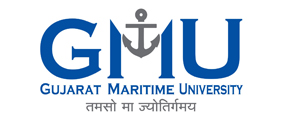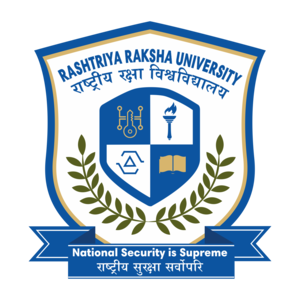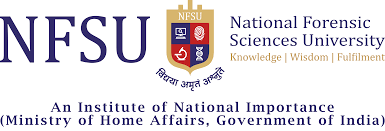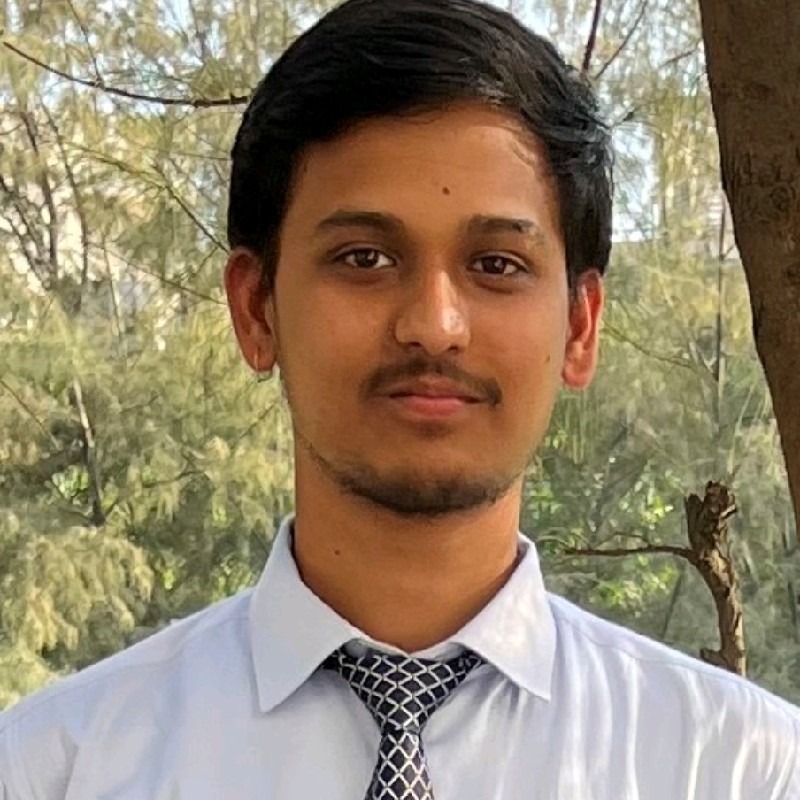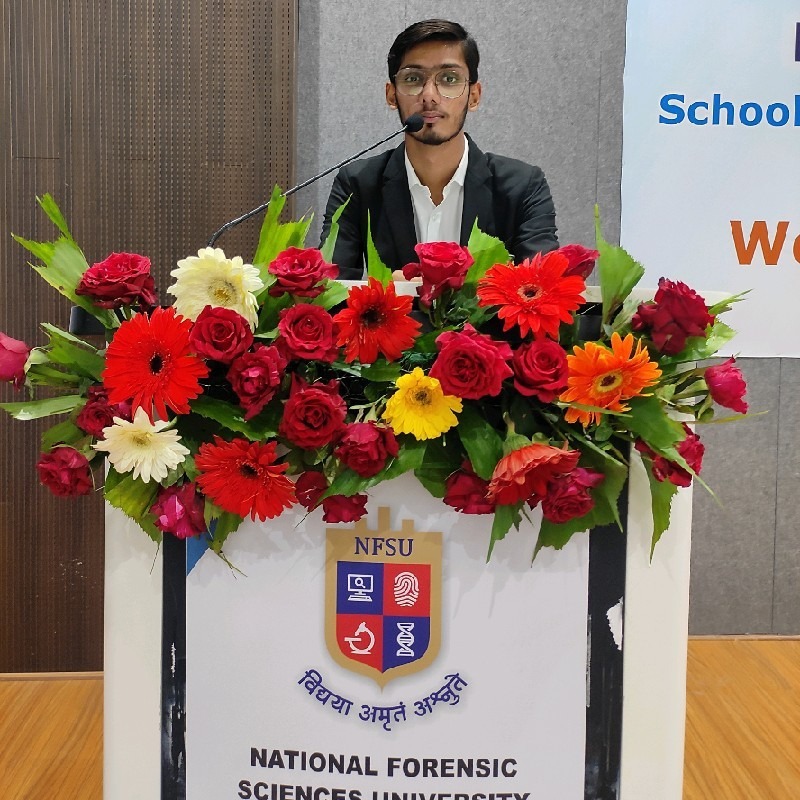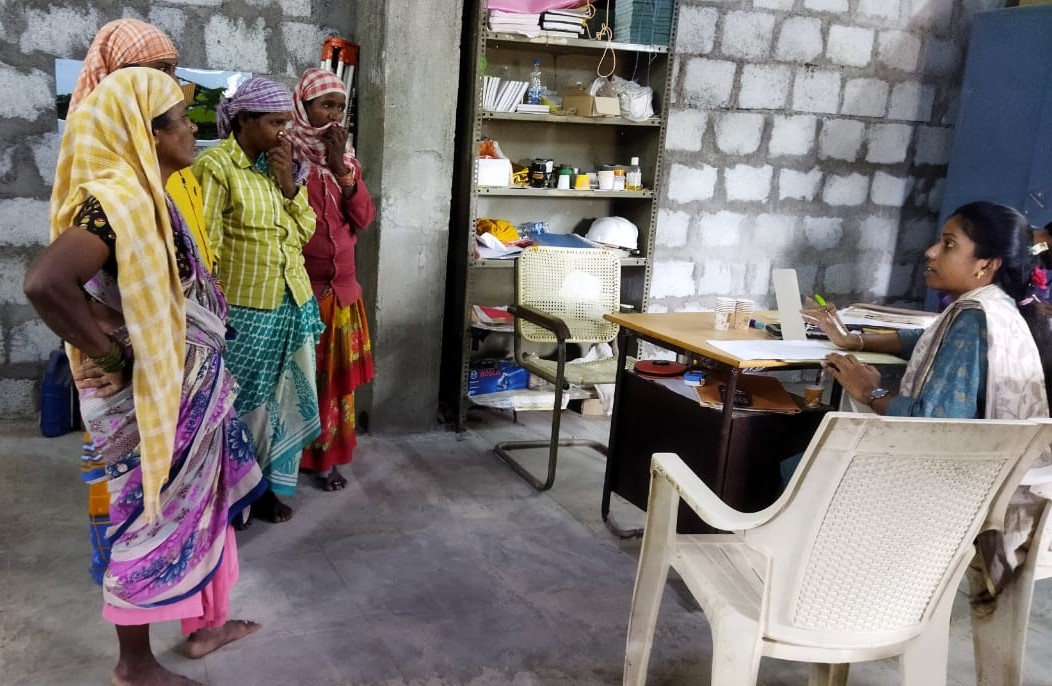
Uniform Civil Law: Necessity in Today\'s India
Uniform Civil Law: Necessity in Today\'s India
-Dinesh Chaturvedi, Faculty of Law, Banaras Hindu University
Uniform Civil Law (UCL) refers to the consistency of laws controlling the personal affairs of all citizens of the nation, regardless of religion, community, race, area, or gender. To some extent, civil laws in India are uniform, such as the Indian Contract Act, Sales of Goods Act, and Transfer of Property Act, among others. Uniform Civil Law primarily refers to the uniform regulation of people\' personal affairs, such as marriage, divorce, succession, inheritance, adoption, co-parenting, coparcenary, and so on. Currently, various religions have their own particular rules, some of which are written and codified. All religions\' personal laws are taken from their ancient scriptures and sacred books.
India currently has a consistent criminal code. The Indian Penal Code, 1860, and the Code of Criminal Procedure, 1973, establish substantive and procedural laws that must be enforced uniformly to everyone, with any exceptions already included. No criminal is punished according to the religious laws to which they belong, but rather according to the legislative code.
NEED :-
The necessity for UCL derives from the fact that personal laws based on religious texts, as well as conventions used to conduct personal concerns, are discriminatory, unfair, and unjust. These guidelines were drafted in a patriarchal setting and hence heavily favour women. When these rituals began, there was no concept of gender equality or fundamental rights, and they appear to be influenced by superstitions and illogical thinking.
Talaq-e-biddat (triple talaq) permitted Muslim husbands to divorce their wives by repeating the word "Talaq" three times orally, over the phone, or over text messaging. Mitakshara hindu rules place daughters in a lower status than sons when it comes to inheriting family property. According to Parsi tradition, a woman who marries outside the faith is not permitted to join the fire temple and so lose her claim to inherit family property. According to Parsi personal law, non-Parsi wives of Parsi husbands were only entitled to half of the husband\'s property. Many religions forbid women from entering temples because of their menstrual periods. The Christian Divorce Act of 1869 prohibited wives from divorcing their husbands simply on the basis of adultery, although husbands may divorce their wives by declaring them mistresses. Some of these customs have been modified, but many remain in place.
Individuals and non-governmental organizations (NGOs) such as Firoz Bakht Ahmed, Chancellor of Maulana Azad National Urdu University, Advocate Ashwini Kumar Upadhyay, and Bhartiya Muslim Mahila Andolan have also attempted to generate momentum through Public Interest Litigation. Several women\'s organisations (Saheli, Vimochana, and Forum against Women\'s Oppression) and human rights lawyer teams (Lawyers Collective and Indian Social Institute) have submitted versions of gender-just and secular family laws.
Lata Mittal won a 20-year legal struggle in the Supreme Court, granting Hindu daughters equal rights to familial property. The government approved a plan to alter the Christian Divorce Act 1869 in 2016 as a result of pressure from Christian women. The indigenous women of Maharashtra and Bihar have petitioned the Supreme Court for land rights. In 2017, the Supreme Court ruled that the Islamic practice of Talaq-e-bidat was illegal. The same year, the Supreme Court enabled a Parsi lady who had been denied access into the Parsi temple of fire and participation in other rites due to her inter-faith marriage to engage in all Parsi religious activities. The legalizing of adultery and homosexuality, as well as the Sabarimala verdict, are the most recent examples of the judiciary prioritizing constitutional values over religious customs and societal taboos.
Clearly, people of various communities who feel aggrieved are raising challenges to personal laws, and they are set on conducting long court fights to demonstrate their rights. Individuals have sued in court to challenge the constitutionality of the discriminatory parts of personal laws.
In the case of inter-religious marriages, the plethora of personal laws concerning succession, inheritance, divorce, adoption, coparcenary, and co-parenting become even more entangled and convoluted. Such lawsuits place a significant load on the judiciary and add to the vast backlog of litigation. Because the matter at hand may be addressed by more than one statute, each with varied and occasionally contradictory rules, it becomes extremely difficult for the judges to reach a fair judgement.
The problems caused by no uniformity of legislation inhibits people from marrying without regard for caste or religion, and makes life difficult for those who seek to break free from the chains of orthodox conventions. This impedes the development of group harmony. It is the government\'s responsibility to take every feasible measure to ensure that laws are uniform, instilling a sense of oneness among residents.
CONSTITUTIONAL REFERENCE :-
The requirement for a uniform civil law has always been there in Part IV of the Indian Constitution, headed ‘Directive Principles of State Policy.\' “The State shall endeavor to provide for the inhabitants a consistent civil code across the territory of India,” states Article 44. The UCL, which was opposed by Constituent Assembly members, said that groups living in India should not be forced to give up their personal laws since doing so would violate their fundamental right to freedom of religion, as outlined in Articles 25-28. Article 25(1) rights all persons to freedom of conscience and the right to freely profess, practice, and spread religion, while Article 26(b) grants every religious denomination or section the right to conduct its own business in religious matters, subject to certain limitations. By virtue of Article 37, these two fundamental rights take precedence over Article 44, which is not enforceable in any court.
The Supreme Court has interpreted the constitution through cases such as Pathumma vs. the State of Kerala, 1978, Olga Tellis vs. Bombay Municipal Corporation, 1985, Ashok Kumar Thakur vs. Union of India, 2008, and others to aim for a balance between Fundamental Rights and DPSP, with neither being superior to the other. Both are complementary to one another, and hence government measures should give equal weight to both.
JUDICIAL INSTRUCTIONS :-
The Supreme Court of India and the High Courts have often urged the national government to take action on the execution of Article 44, as in the Shah Bano case (1985), the Sarla Mudgal case (1995), and the John Vallamattom case (1999)
In a judgement delivered on September 13, 2019, Justices Deepak Gupta and Aniruddha Bose said that whereas the founders of the Constitution had hoped and expected that the State shall endeavor to secure for the citizens a Uniform Civil Code throughout the territories of India, no action has been taken to date.
In a judgement dated July 7, 2021, Justice Pratibha M Singh of the Delhi High Court said that, The hope expressed in Article 44 of the Constitution that the State shall secure for its citizens a Uniform Civil Code ought not to remain a mere hope.
PROCEDURE :-
The UCL\'s debate and drafting will be a lengthy process, as it should be. While we strive for “Unity in Diversity,” it is a harsh reality that the society is plagued with disputes based on caste, religion, race, location, and ethnicity. Individuals from the fields of law, Indian heritage and culture, experts on religious customs, and representatives of religious institutions must be brought on board with the proposal and fully consulted throughout the process. The document should also be made available to the general public for comments and suggestions.
CHALLENGES :-
Having a consistent set of laws for all religious organizations and sects\' personal affairs is a difficult and contentious endeavor. Interfering with religious customs elicits strong opposition from the general public. It was something that Britishers saw firsthand when even a regulation intended to bring about positive change, the Bengal Sati Regulation of 1829, was met with strong opposition from Hindus. Getting a consensus of communities to forsake centuries-old practices and comply by a newly established rule is a monumental challenge, especially in a varied country like India with people profoundly devoted to their traditions.
In determining the level of the legislature\'s meddling in personal concerns, a difficult balance must be struck. The observation of the 21st Law Commission that uniformity should not be achieved by losing the individuality of specific communities should also be remembered. Only those components of personal laws that violate fundamental rights, are discriminatory toward certain factions, or are destructive to society\'s well-being and growth should be addressed. Tribal societies and ethnic communities will have to provide reasonable exclusions.
CONCLUSION :-
The path to Uniform Civil Law is difficult, but it must be taken. Discrimination cannot be justified in the name of traditions and customs. To establish equality, the legislation that regulates the population of a country must also be one. The Constituent Assembly left it to future administrations to implement UCL when society is ready, and it is past time for the government to do so.
References:-
*Shayara Bano vs Union Of India And Ors., 2017 <https://indiankanoon.org/doc/115701246/> accessed on 16th July 2021
*Kusum Lata Mittal vs Mr. Manoj, 2012 <https://indiankanoon.org/doc/68872251/> accessed on 16th July 2021
*Goolrokh M. Gupta vs Mr. Burjor Pardiwala, 2017 <https://indiankanoon.org/doc/144461915/> accessed on 19th July 2021
*Joseph Shine vs Union Of India, 2018 <https://indiankanoon.org/doc/42184625/> accessed on 17th July 2021
*Navtej Singh Johar & Ors. v. Union of India thr. Secretary Ministry of Law and Justice,2018 <https://indiankanoon.org/doc/168671544/> accessed on 17th July 2021
*Indian Young Lawyers Association vs The State Of Kerala on 28 September, 2018 <https://indiankanoon.org/doc/163639357/> accessed on 17th July 2021
*THE CONSTITUTION OF INDIA 1949 <https://indiankanoon.org/doc/237570/> accessed on 16th July 2021
*Pathumma And Others vs State Of Kerala And Others on 16 January, 1978 <https://indiankanoon.org/doc/1959928/>accessed on 18th July 2021
*Olga Tellis & Ors vs Bombay Municipal Corporation & Ors., 1985 <https://indiankanoon.org/doc/709776/>accessed on 18th July 2021
*Ashoka Kumar Thakur vs Union Of India And Ors on 10 April, 2008 <https://indiankanoon.org/doc/1219385/>accessed on 18th July 2021
*Smt. Sarla Mudgal, President, Kalyani & Ors. vs Union Of India & Ors., 1995 <https://indiankanoon.org/doc/733037/>accessed on 18th July 2021
*John Vallamattom & Anr vs Union Of India, 2003 <https://indiankanoon.org/doc/122853559/>accessed on 18th July 2021
*Vibhuti Patel, ‘All personal laws in India are discriminatory’ (Livemint, 22 Aug 2017)<https://www.livemint.com/Opinion/Cn69qE9pQClmtQzzvw1oVP/All-personal-laws-in-India-are-discriminatory.html>accessed on 16th July 2021
*‘Many gender inequities in personal laws’ (The Hindu, OCTOBER 31, 2016) <https://www.thehindu.com/news/national/Many-gender-inequities-in-personal-laws/article15880303.ece>accessed on July 2021
*‘Parsi woman who married outside religion can enter fire temple, says Supreme Court in major ruling’ (India Today December 14, 2017) <https://www.indiatoday.in/india/story/in-major-ruling-supreme-court-allows-parsi-woman-who-married-outside-religion-to-enter-fire-temple-1107112-2017-12-14>accessed on17th July 2021
*Utkarsh Anand, ‘Has the Supreme Court set the ball rolling for a Uniform Civil Code?’ (Hindustan Times, March 15, 2021) <https://www.hindustantimes.com/india-news/has-the-supreme-court-set-the-ball-rolling-for-a-uniform-civil-code-101615802810671.html>accessed on 18th July 2021
*Krishnadas Rajagopal, ‘Government has failed to bring in Uniform Civil Code, says Supreme Court’ (The Hindu, SEPTEMBER 14, 2019) <https://www.thehindu.com/news/national/government-has-failed-to-bring-in-uniform-civil-code-says-supreme-court/article29412592.ece>accessed on 17th July 2021
*Shikha Goyal, ‘What is Uniform Civil Code?’ (Jagran Josh, August 5, 2020) <https://www.jagranjosh.com/general-knowledge/why-uniform-civil-code-is-necessary-for-india-1477037384-1>accessed on 16th July 2021
